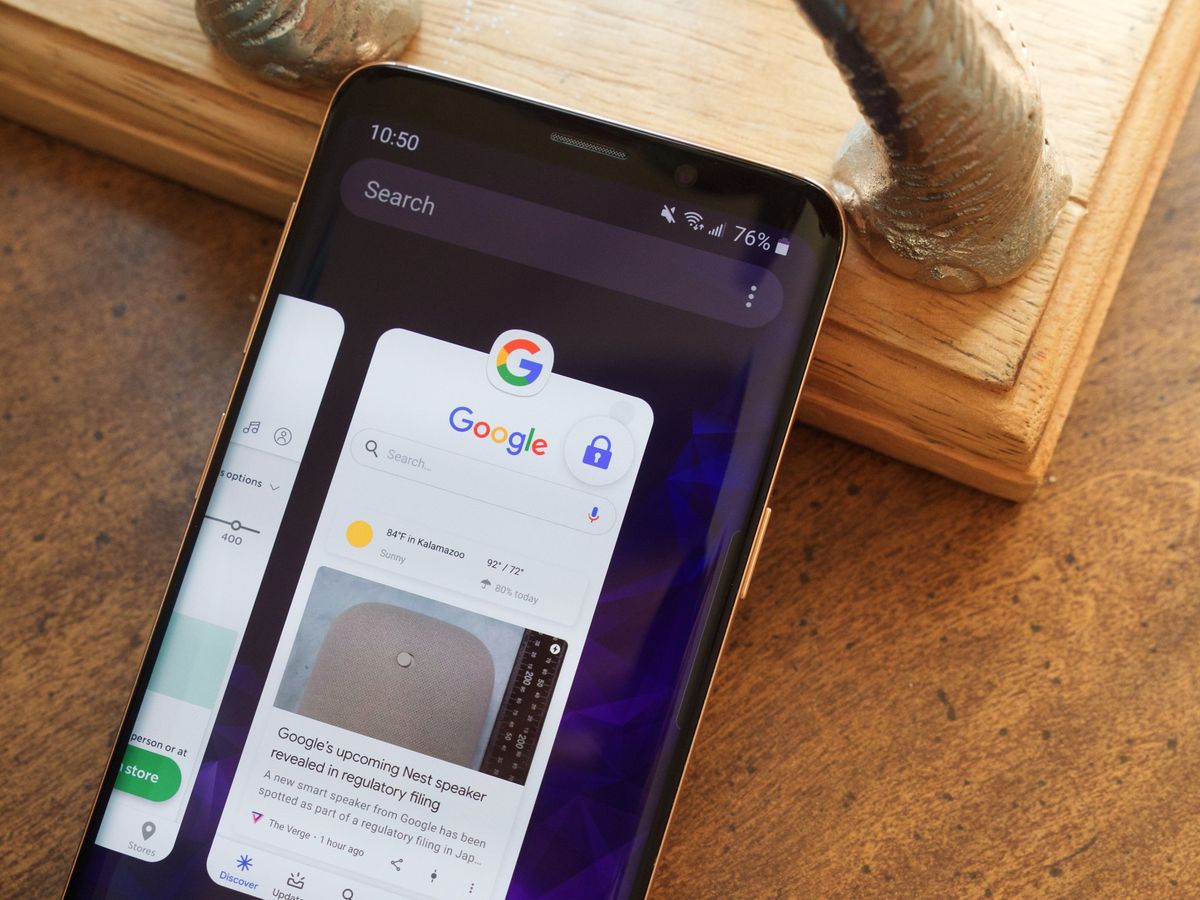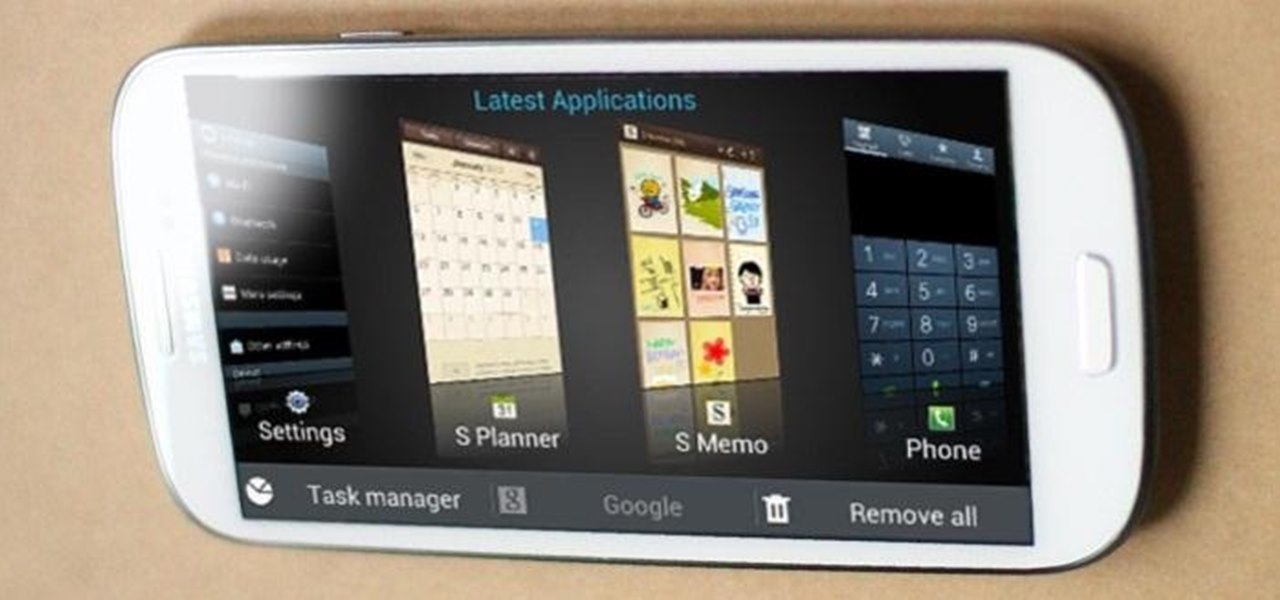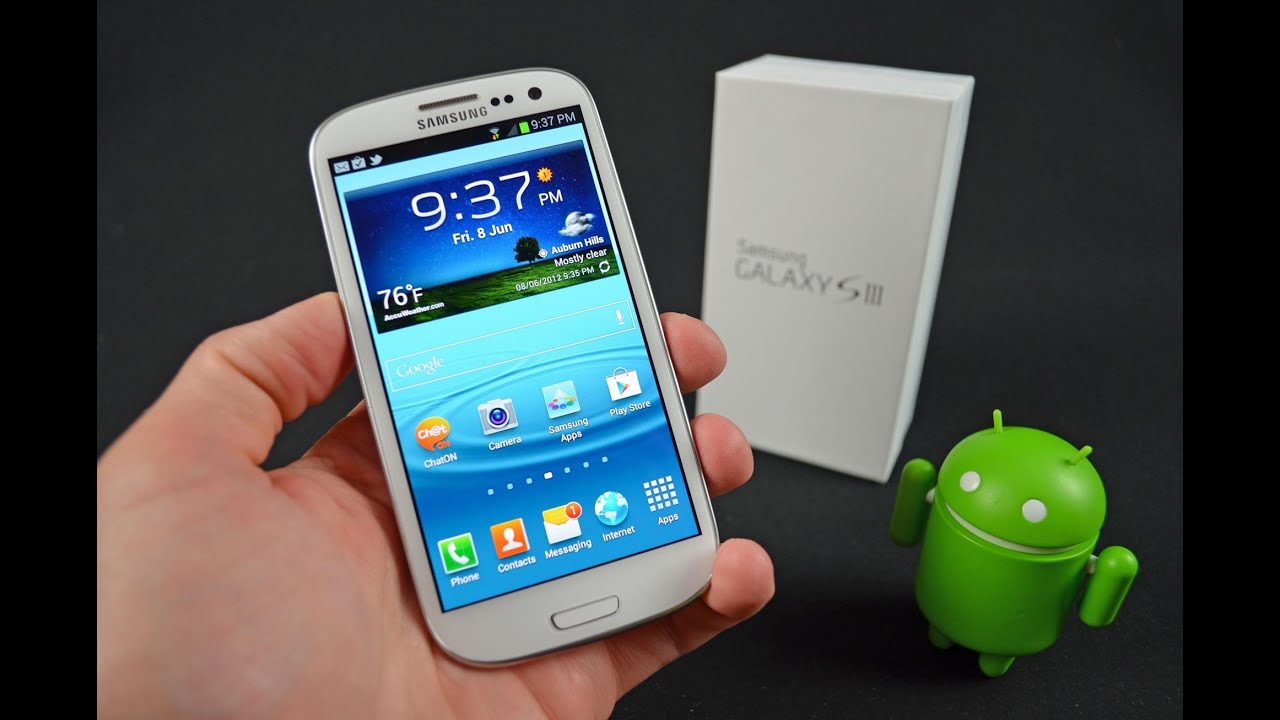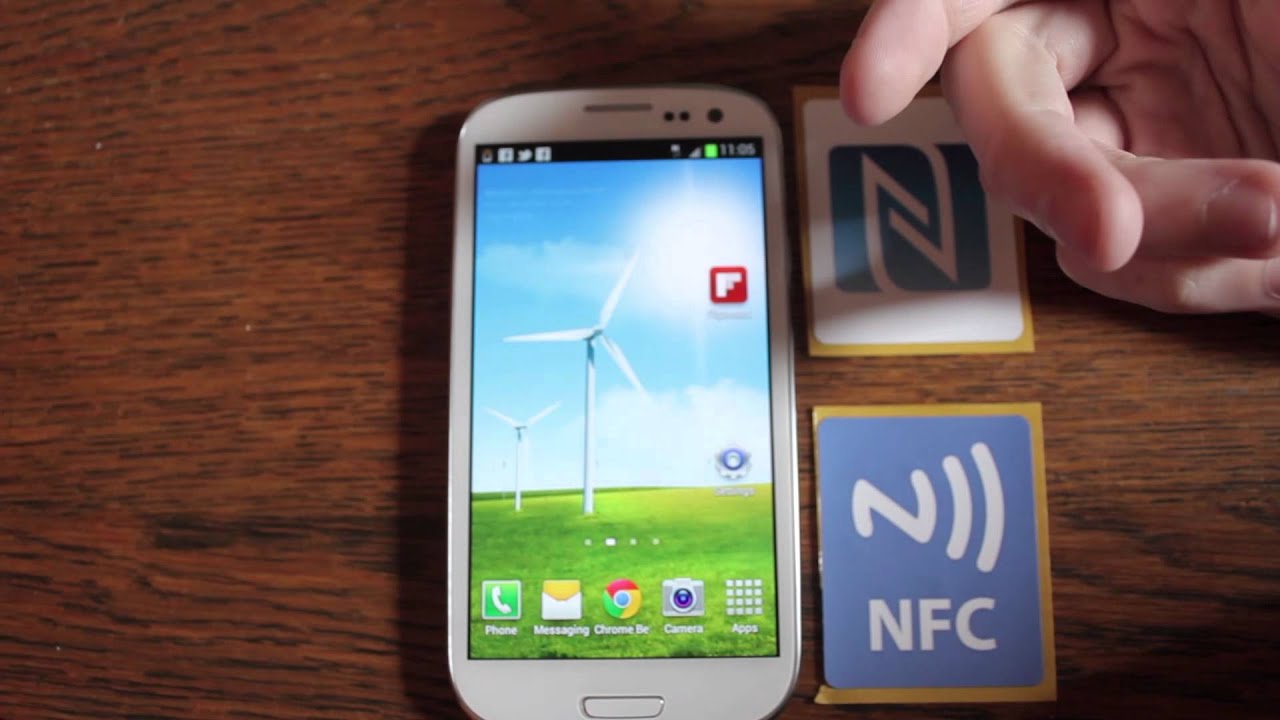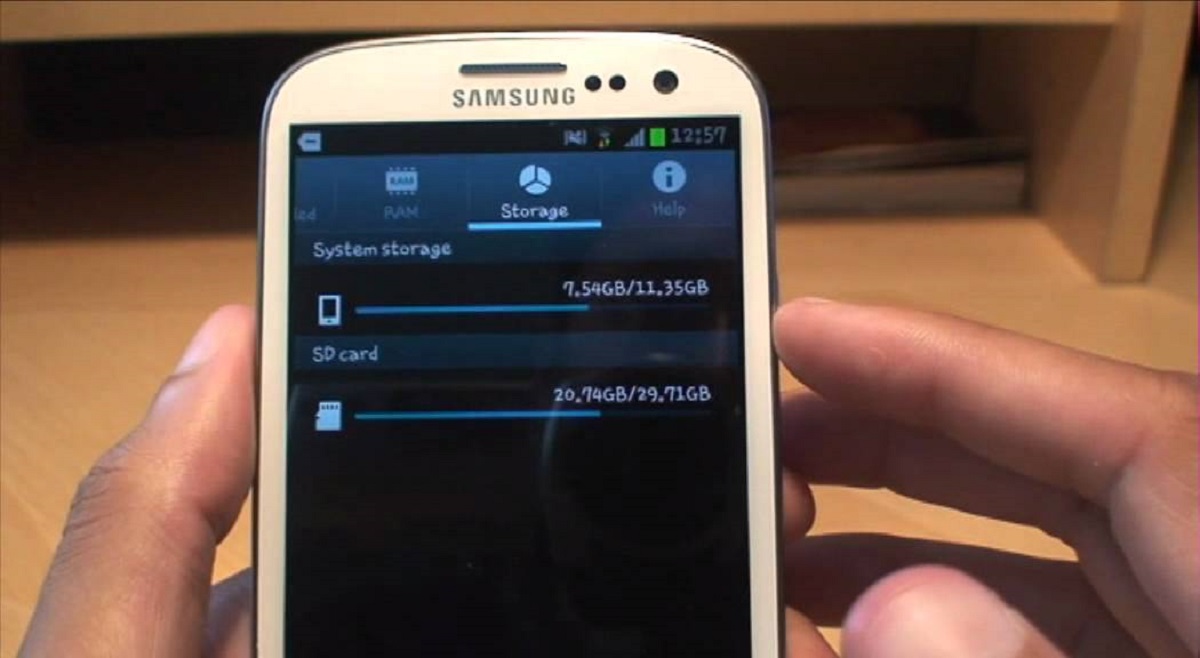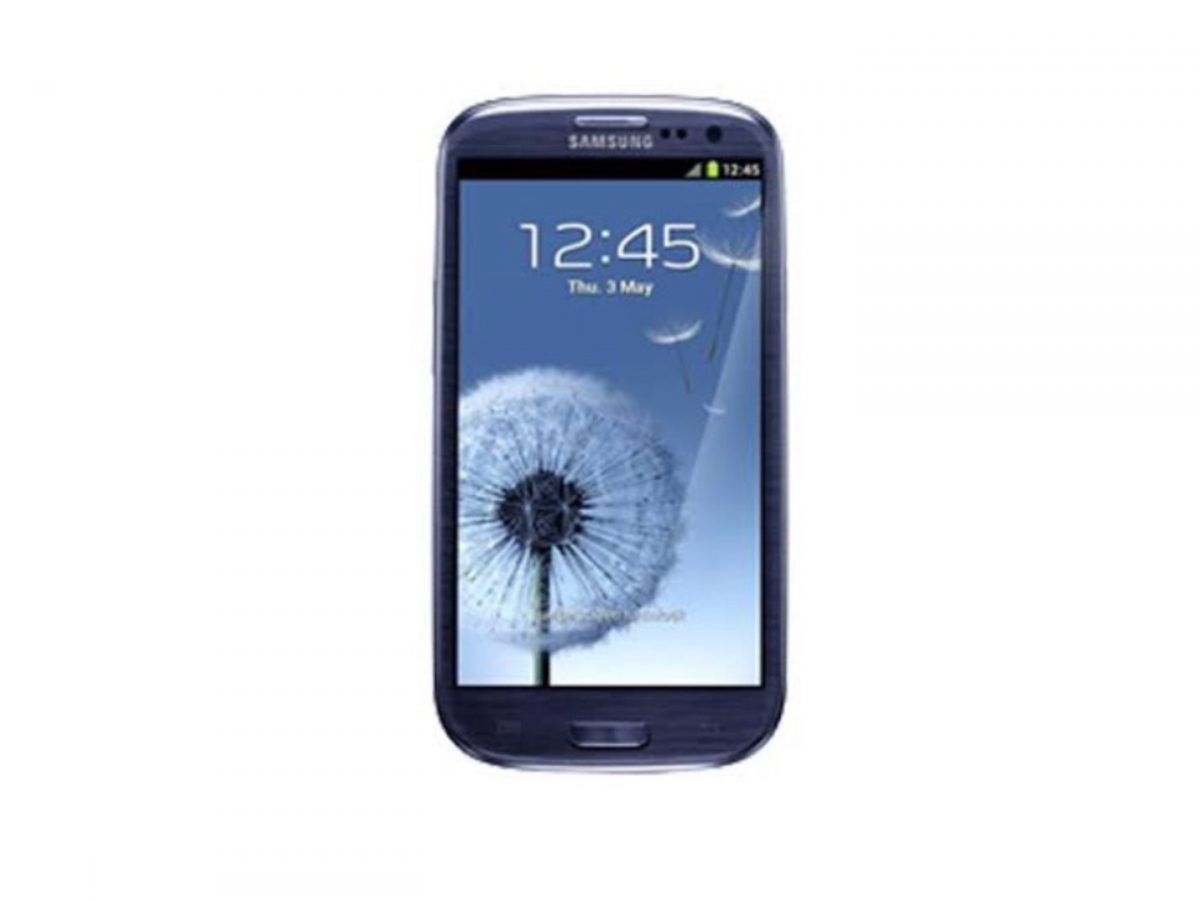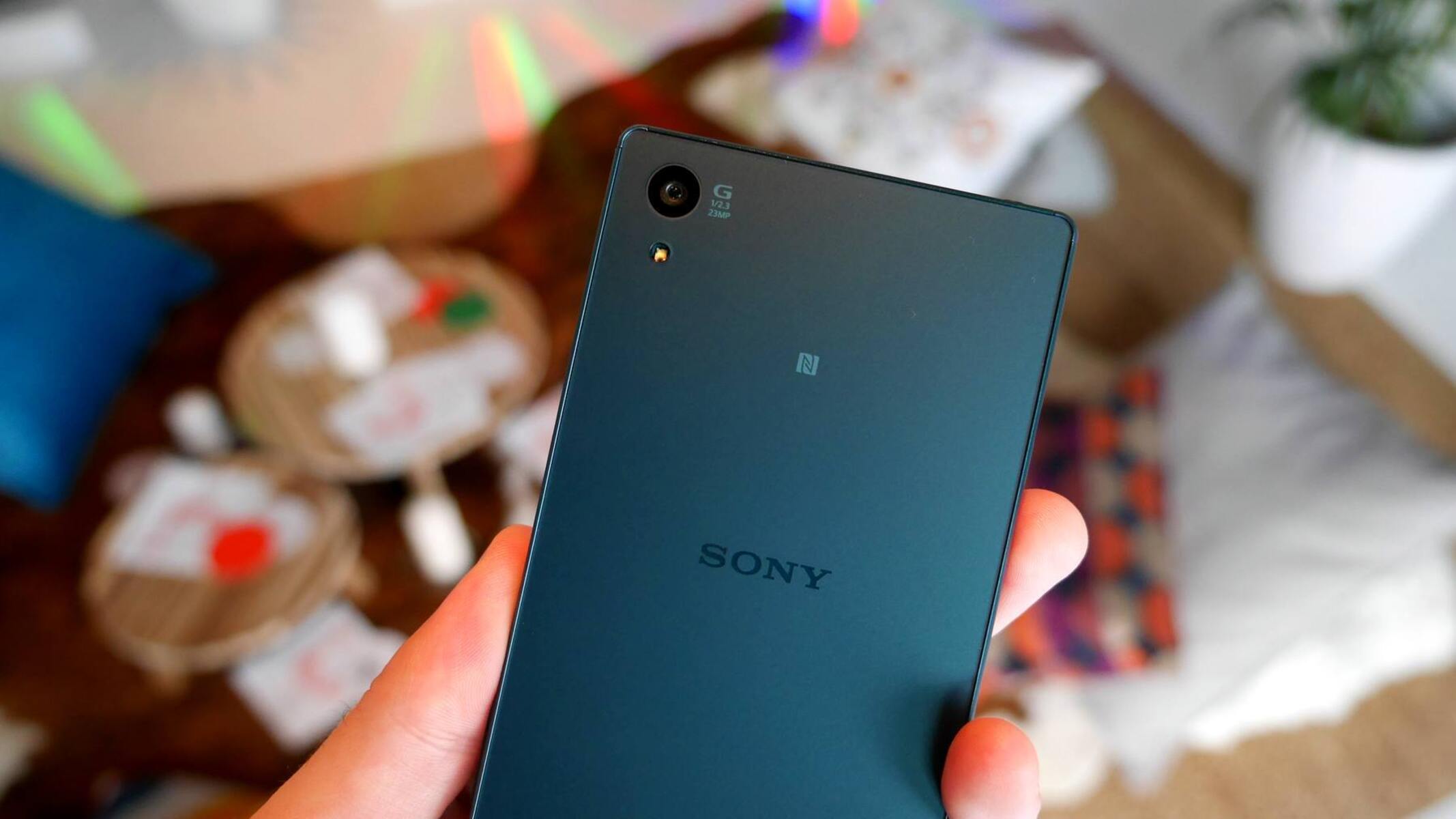Introduction
Welcome to this guide on how to close applications on your Samsung Galaxy S3. As you continue to use various apps on your smartphone, it’s important to know how to properly close them to ensure optimal performance and to conserve battery life. This article will provide you with step-by-step instructions on different methods to close apps on your Samsung Galaxy S3.
Keeping apps running in the background can not only drain your phone’s battery but can also slow down its performance. The Samsung Galaxy S3, like many other smartphones, comes with multiple methods to close applications and clear up system resources. Whether you want to close apps that are currently running or apps that are running in the background, there are different methods available to suit your needs.
By closing unnecessary apps, you can free up valuable RAM (Random Access Memory) and prevent them from consuming system resources. This can help improve the overall speed and responsiveness of your device, making your smartphone experience more enjoyable. Additionally, closing apps can help conserve battery life, ensuring that your Samsung Galaxy S3 lasts longer between charges.
Now that you understand the importance of closing apps and the benefits it brings, let’s explore the different methods you can use to effectively close applications on your Samsung Galaxy S3.
Closing Apps Using the Recent Apps Button
The Samsung Galaxy S3 comes with a convenient Recent Apps button that allows you to quickly switch between your most recently used applications. This button also provides a simple way to close apps that are currently running.
To close apps using the Recent Apps button, follow these steps:
- On your Samsung Galaxy S3, tap the Recent Apps button. It is usually located on the bottom-right side of your screen and looks like a square or three horizontal lines.
- A list of your recent apps will appear. Swipe left or right to navigate through the open apps.
- To close an app, swipe it off the screen or swipe it up, depending on your device’s software version.
By swiping the app off the screen or swiping it up, you are effectively closing the app and freeing up resources on your Samsung Galaxy S3. This method is quick and convenient, especially if you only want to close one or two apps at a time.
Remember, closing apps using the Recent Apps button only closes the apps that are currently running and visible in the list. It does not close background apps that are still running and consuming system resources. To close those apps, you will need to use a different method, which we will explore in the next section.
Force Closing Apps
Sometimes, certain apps on your Samsung Galaxy S3 may become unresponsive or freeze, causing them to slow down your device’s performance. In such situations, force closing the app can help resolve the issue and improve overall functionality.
To force close an app on your Samsung Galaxy S3, follow these steps:
- Open the Recent Apps menu by tapping the Recent Apps button on your device.
- Swipe left or right to find the app you want to force close.
- Once you locate the app, swipe it to the side or upwards to close it. Alternatively, you can tap the “X” button on the app’s thumbnail to force close it.
Force closing an app should be done as a last resort when the app is unresponsive or causing significant problems on your Samsung Galaxy S3. It forcibly terminates the app’s process, clearing any temporary data and freeing up resources. However, force closing an app may result in the loss of unsaved data or progress within the app, so be sure to save your work before proceeding.
It’s important to note that force closing an app should not be done regularly. Android’s operating system is designed to effectively manage apps and resources, and force closing apps unnecessarily can actually lead to slower performance and increased battery consumption.
In most cases, closing apps using the Recent Apps button, as mentioned in the previous section, should be sufficient to manage your open applications effectively. However, if specific apps are causing issues, force closing them can be a helpful troubleshooting step.
Using Application Manager to Close Apps
Another method to close apps on your Samsung Galaxy S3 is by using the Application Manager. This feature allows you to view and manage all the applications installed on your device, including the ability to force close running apps.
To use the Application Manager to close apps, follow these steps:
- Go to the Settings menu on your Samsung Galaxy S3.
- Scroll down and tap on the “Apps” or “Application Manager” option.
- A list of all the apps installed on your device will appear. Swipe left or right to navigate through the different tabs, such as “Downloaded,” “Running,” or “All.”
- Locate the app you want to close and tap on it.
- Inside the app’s settings, you will see options such as “Force Stop” or “Stop” if the app is currently running.
- Tap on “Force Stop” or “Stop” to close the app.
The Application Manager provides more control over your apps, allowing you to force stop apps that may be consuming excessive resources or causing problems. It is particularly useful when dealing with persistent background apps that may continue running even after closing them using the Recent Apps button.
However, exercise caution when using the Application Manager, as force stopping essential system apps or apps that you are unfamiliar with can lead to unintended consequences or system instability. It is best to primarily use this method for troubleshooting or closing problematic apps, rather than closing apps indiscriminately.
By utilizing the Application Manager, you can effectively manage and close apps on your Samsung Galaxy S3, ensuring optimal performance and resource allocation.
Using Task Manager to Close Apps
The Samsung Galaxy S3 also offers a built-in Task Manager that allows you to view and manage running applications. The Task Manager provides a more comprehensive overview of your device’s performance and allows you to close apps individually or in bulk.
To use the Task Manager to close apps, follow these steps:
- On your Samsung Galaxy S3, press and hold the Home button to open the Task Manager.
- A list of currently running apps will appear. You can swipe left or right to navigate through different tabs, such as “Active applications,” “Downloaded,” or “RAM.”
- To close an app, tap on it and then tap the “End” or “Close” button.
- If you want to close multiple apps at once, tap on the “End All” or “Close All” button.
The Task Manager provides a convenient way to quickly assess which apps are running and using system resources. By closing unnecessary apps through the Task Manager, you can free up RAM and enhance the performance of your Samsung Galaxy S3.
It’s important to note that the Task Manager also provides additional features, such as a RAM cleaner that clears up memory, a storage analyzer that helps identify space-consuming files, and a security option that scans for potentially harmful apps. Take advantage of these tools to optimize your device’s performance and ensure a smooth user experience.
Remember, regularly closing apps using the Task Manager is generally not necessary, as Android’s operating system is designed to efficiently manage resources. However, if you notice significant lag or system slowdowns, using the Task Manager can be an effective troubleshooting step.
Utilize the Task Manager on your Samsung Galaxy S3 to efficiently manage running apps, improve performance, and optimize your device’s resources.
Clearing Cache to Close Background Apps
In addition to the methods mentioned earlier, another way to close background apps and free up system resources on your Samsung Galaxy S3 is by clearing the cache. Clearing the cache can help remove temporary files and data that apps accumulate over time, potentially improving the overall performance of your device.
Follow these steps to clear the cache on your Samsung Galaxy S3:
- Open the Settings menu on your device.
- Scroll down and tap on the “Storage” or “Device Care” option.
- Select “Cached data” or “Storage” depending on your device’s software version.
- A prompt will appear asking if you want to clear cached data. Tap “OK” or “Clear” to proceed.
Clearing the cache removes temporary files that may be taking up unnecessary space and potentially causing apps to run in the background. This action can help optimize your device’s performance and close any lingering background apps.
It’s worth noting that clearing the cache does not delete any personal data or app preferences. It simply removes temporary files and data that apps no longer need. You may need to sign in to certain apps again after clearing the cache.
Clearing the cache periodically can be a good maintenance practice to keep your Samsung Galaxy S3 running smoothly. However, it’s important to note that clearing the cache should not be done excessively, as it can actually have the opposite effect and temporarily slow down your device while apps rebuild their cache.
By clearing the cache on your Samsung Galaxy S3, you can close background apps and improve the overall performance and responsiveness of your device.
Conclusion
Properly closing apps on your Samsung Galaxy S3 is essential for optimal performance, battery life, and overall user experience. Thankfully, the device offers multiple methods to easily close running and background apps.
First, you can utilize the Recent Apps button to swipe away or swipe up to close individual apps that are currently running. This is a quick and convenient method when you only need to close one or two apps at a time.
For unresponsive or problematic apps, force closing them through the Recent Apps button or the Application Manager can help resolve issues and improve device performance. However, it is important to exercise caution and only force close apps when necessary, as it may result in data loss.
Additionally, the Task Manager on the Samsung Galaxy S3 provides a comprehensive view of running apps and allows you to close apps individually or in bulk. This can be useful for managing system resources and enhancing performance.
Finally, clearing the cache on your device can close background apps and free up system resources, improving overall performance. It is a recommended practice to clear the cache periodically, while being mindful not to overdo it.
By utilizing these methods, you can effectively manage and close apps on your Samsung Galaxy S3, ensuring optimal performance, battery life, and a seamless user experience.
Remember that while closing apps can be beneficial, it is also important to strike a balance. Android’s operating system is designed to manage apps efficiently, and closing apps excessively may actually hinder performance and battery life.
Experiment with different methods and find the approach that works best for you, depending on your specific needs and usage patterns. With a little practice, you’ll be able to close apps effortlessly and maximize the performance of your Samsung Galaxy S3.







